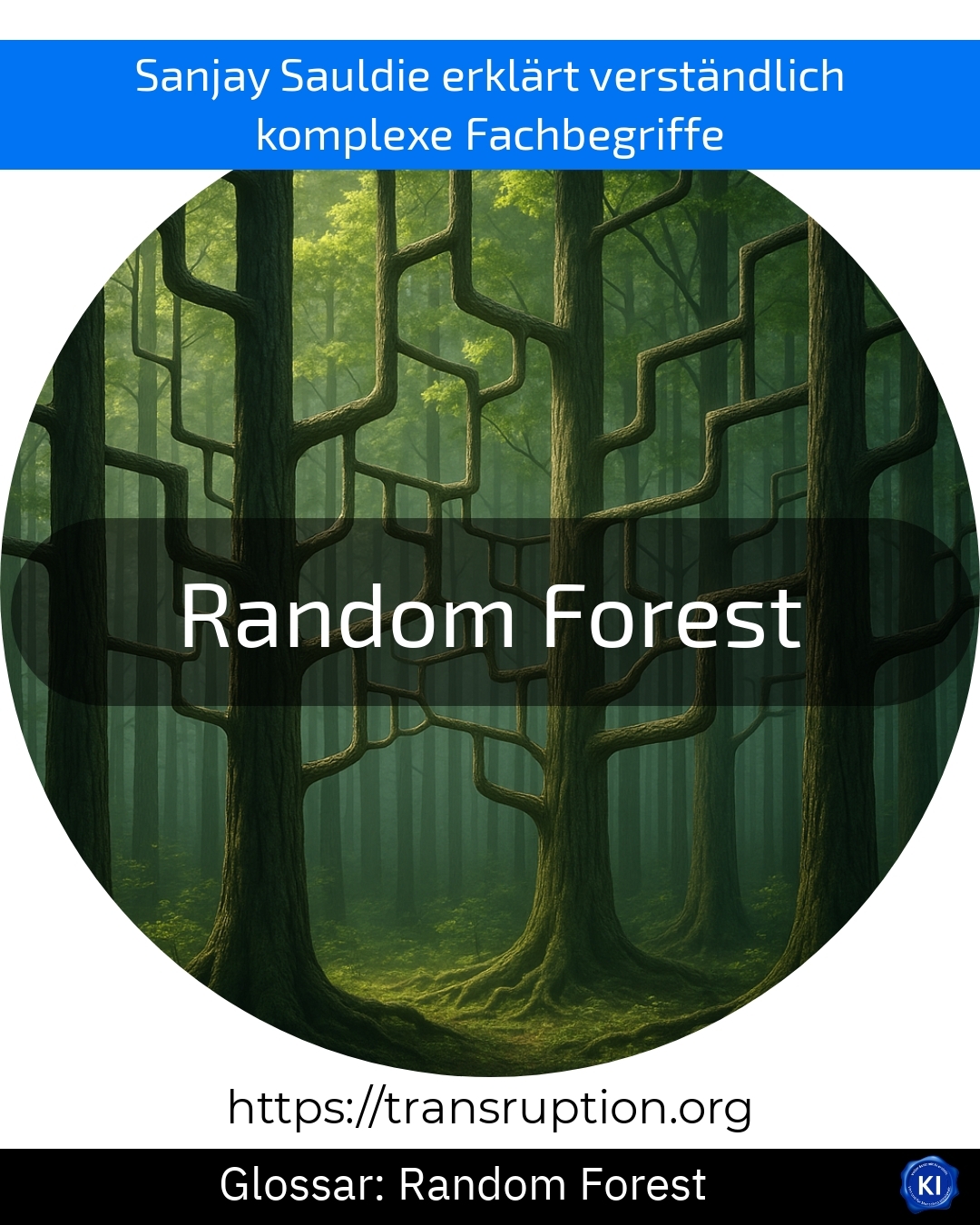Random forest is a term used in the fields of big data, smart data and artificial intelligence. It refers to a method by which large amounts of data are analysed and used to make helpful forecasts or decisions.
Imagine a Random Forest as a forest consisting of many individual trees. Each tree represents a small analysis model that makes its own decision. The trick is that these trees work together to arrive at an overall result that is as reliable as possible. The more trees, the "smarter" the forest becomes, because errors made by individual trees can compensate for each other.
An illustrative example: an online retailer wants to use customer data to predict whether a particular customer might be interested in a product special. With the help of Random Forest, the system analyses numerous characteristics, such as previous purchases, age or search behaviour, and allows many "decision trees" to vote independently of each other. The final result is much more accurate than if only a single model were used.
In short: Random Forest makes it easier for companies to gain valuable insights for better decisions from large amounts of data.















